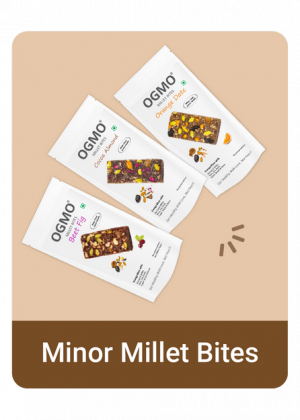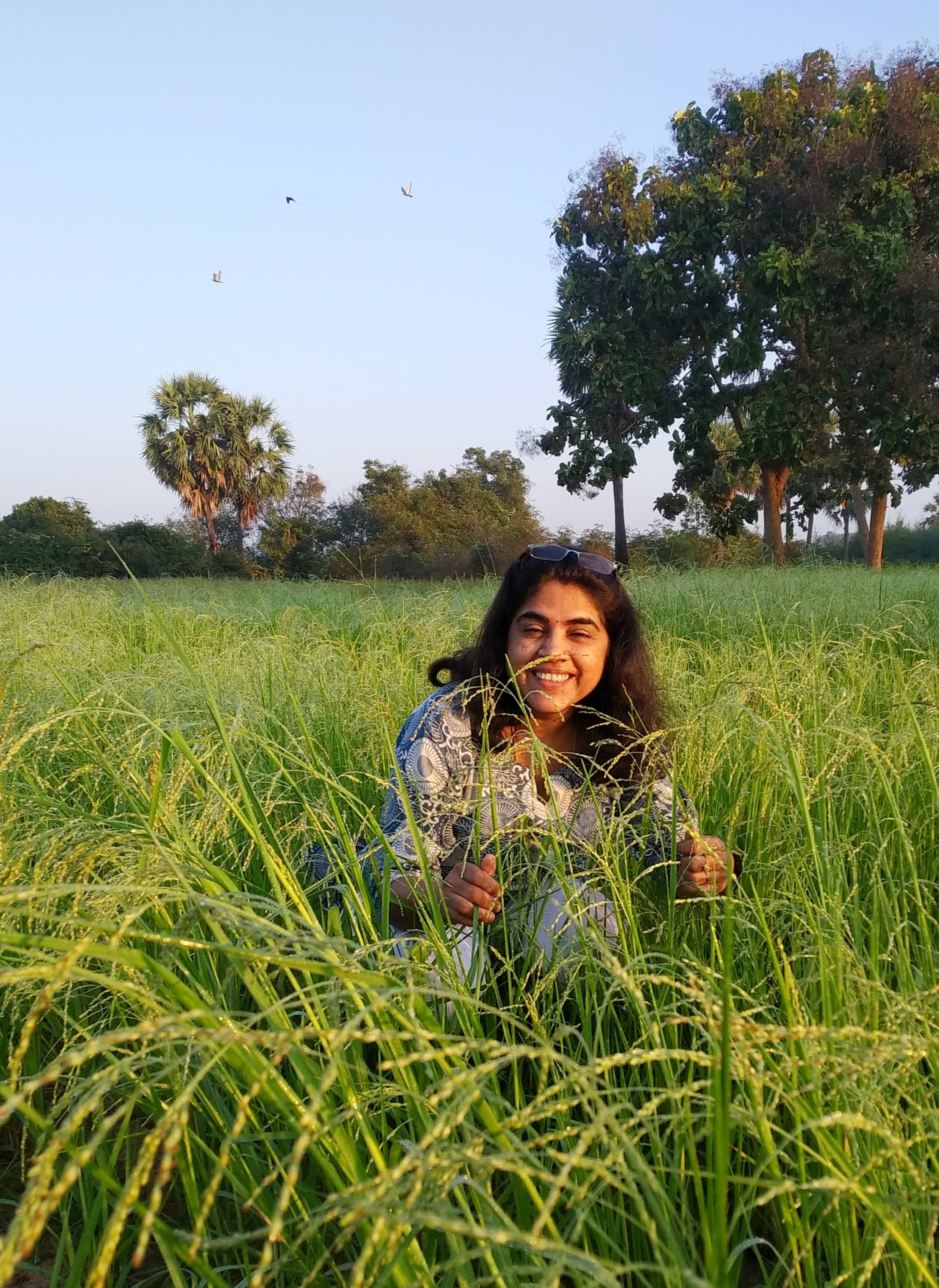It was a hot summer day in June in 2007. I was sitting on a large boulder watching construction activities at our farm. A feeble female voice broke the silence. “Ma’am, you asked me about what we carry to the field every day in this small vessel. Here it is, it’s called ‘Thinnai khoozhu’, our everyday meal. It keeps us satiated the whole day, energizes us and keeps us cool during harsh working conditions on the field.” She handed the tiny vessel to me and smiled.
Topped with chopped shallots, green chili and curry leaves, the porridge looked very delicious. One sip, and I was completely blown away by the complexity and depth of flavors of its taste. The earthiness from the grains and the tartness from the fermentation was very comforting. It was an extremely satisfying and wholesome experience.
Villagers make fermented porridge with tiny varieties of millets called thinnai, samai and kuthirawali. They were a staple food a few decades back in South India. However, the rise of modern monoculture farming and green revolution pushed these grains to the sideline in favor of more high-yielding varieties.
I noticed that the villagers take pride in their traditional food and value these grains beyond their nutritional and environmental benefits. For them these grains carry a cultural significance. And connecting with these grains is a way to connect with their roots and preserve knowledge that has been passed on through generations.
I started learning more about minor millets, its history, nutritional value, cultivation method, and potential culinary applications. The powerhouse of nutrient, minor millets are inherently sustainable crops, requiring less water and resources compared to conventional grains.
As the world becomes more conscious about climate change and environmental preservation, the demand for sustainable agriculture is on the rise. To meet the growing demand for food, water, and energy, we need to find innovative ways to produce these essential resources in a sustainable way. Growing minor millet should be a priority.
OGMO Foods
We initiated the cultivation of minor millets at our farm, collaborated with nutritionists, doctors and experts to come out with innovative products that would resonate with health-conscious consumers.
We launched OGMO Foods in Chennai in 2018. OGMO is an abbreviation for Organic Move. Our mission is to promote good health and create a positive impact on our people, farmers, and the planet by bringing some of our forgotten ancient grains back on the table. Our products include breakfast cereals, minor millet energy bites, snacks.
We are also educating consumers about the nutritional value of millets through online platforms, social media, and workshops. We have seen real life examples of our initiatives changing lives — altering lifestyle diseases, promoting better farming methods, or giving financial freedom to rural women.
OGMO foods was a venture I co-founded with my husband Krishna Kumar. While I bring the food industry expertise, Krishna Kumar takes care of operations, sales, technology, and marketing. We are now focussing on scaling our business with more products and reaching newer markets.
Revival of minor millets needs to be given top priority as we try to promote sustainable farming as part of mitigating the climate crisis.











